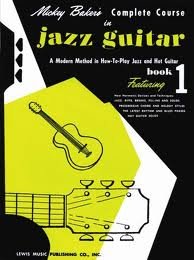ripock
Well-known member
I mostly make music derived from minor modalities (minor pentatonic, harmonic/melodic minor, altered scale, diminished scale) but I frequently insert the non-diatonic DΔ chord (I'm usually playing in E). A lot of the diatonic chords sound a bit exotic and playing the non-exotic DΔ sounds exotic in the context. I was wondering if anyone else throws in an extra chord to provide a swerve that gives the progression some verve.

